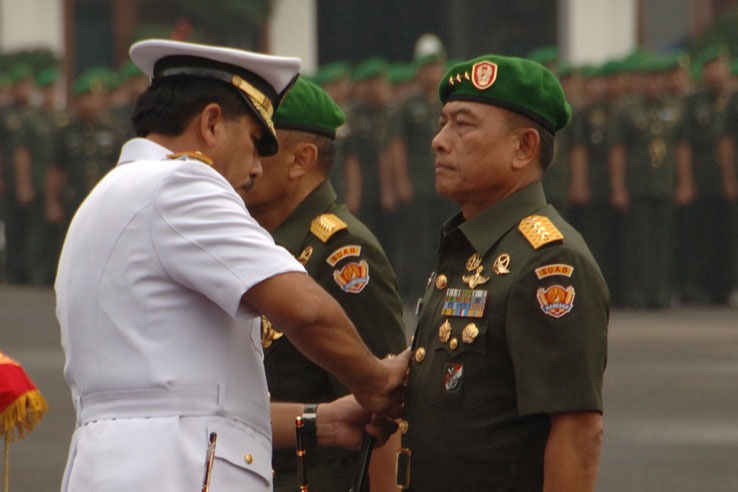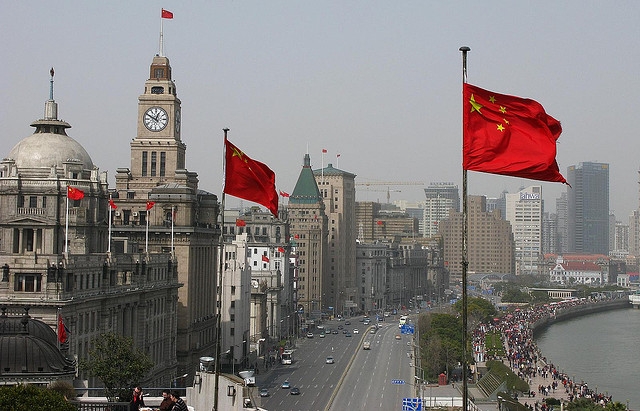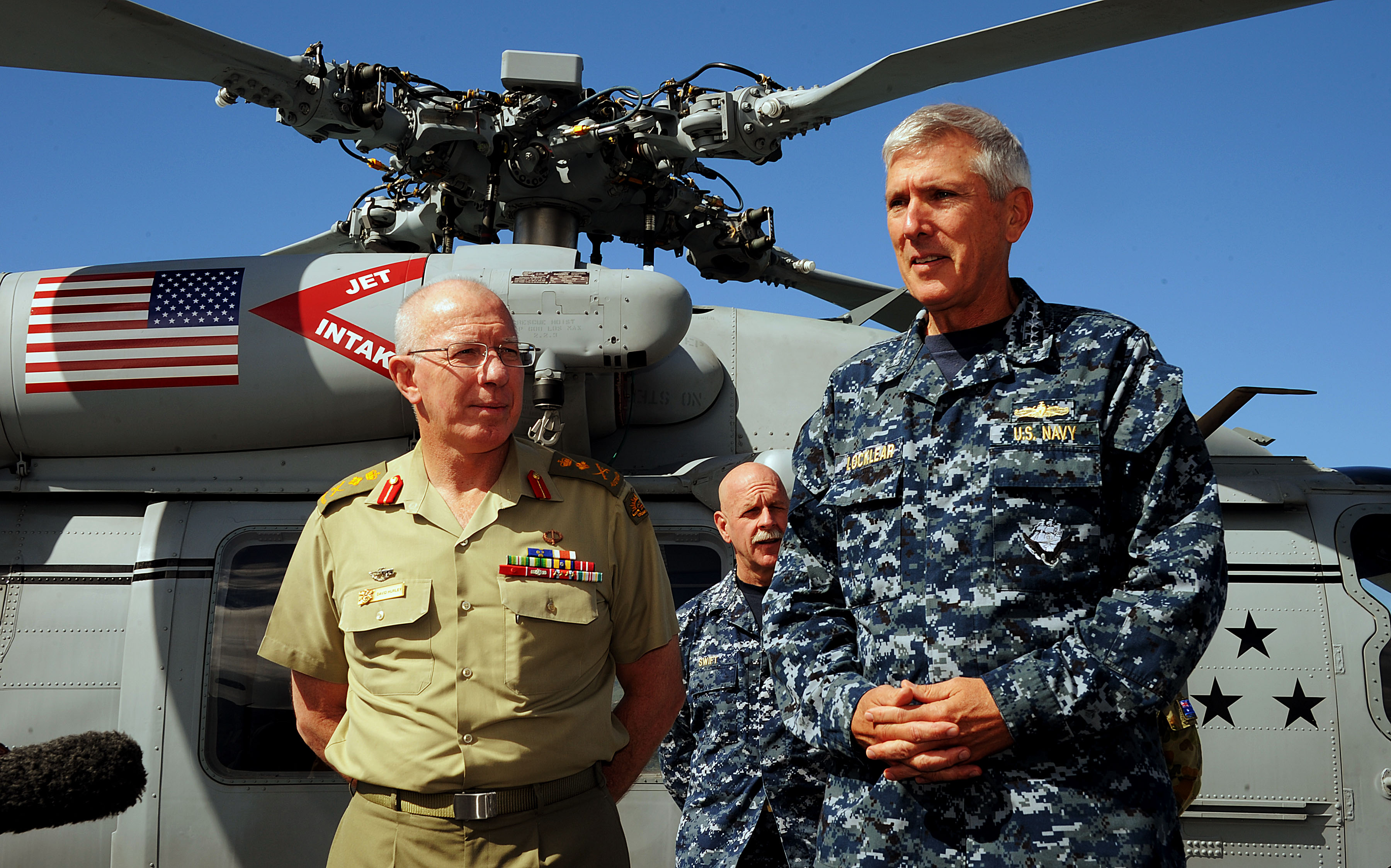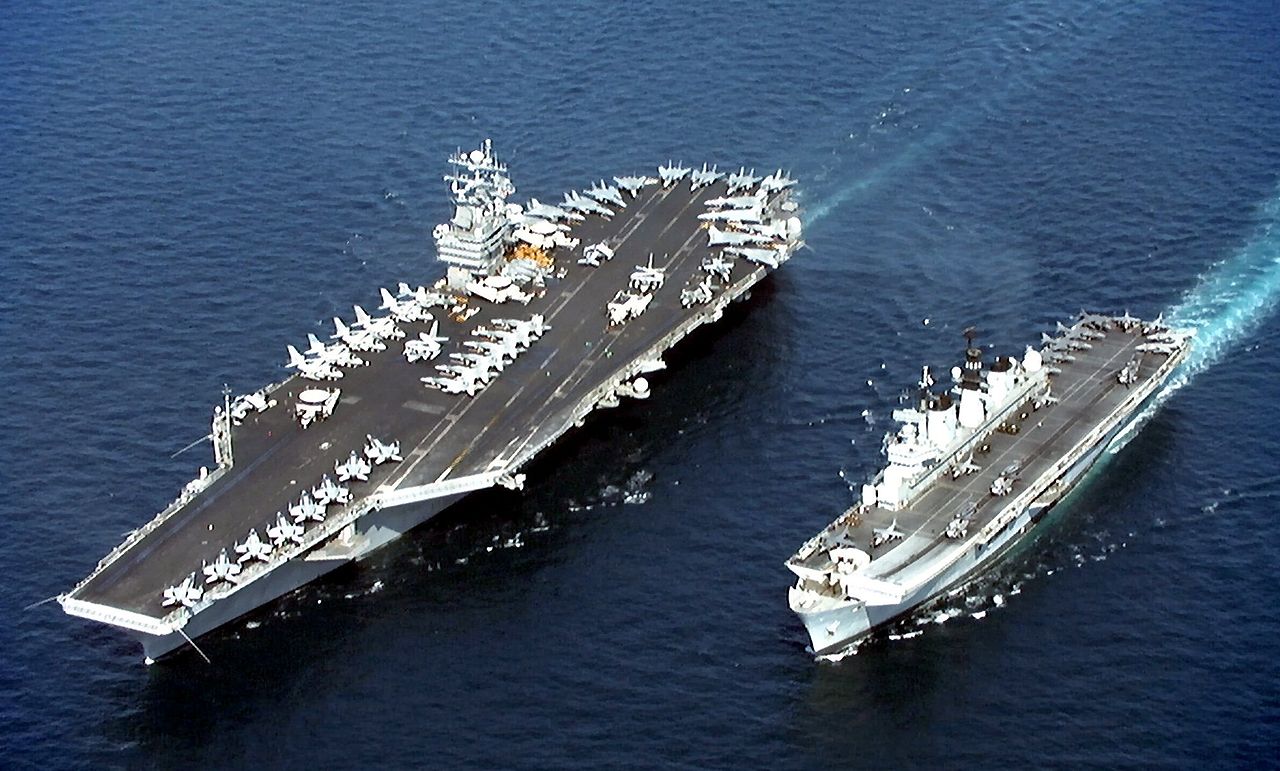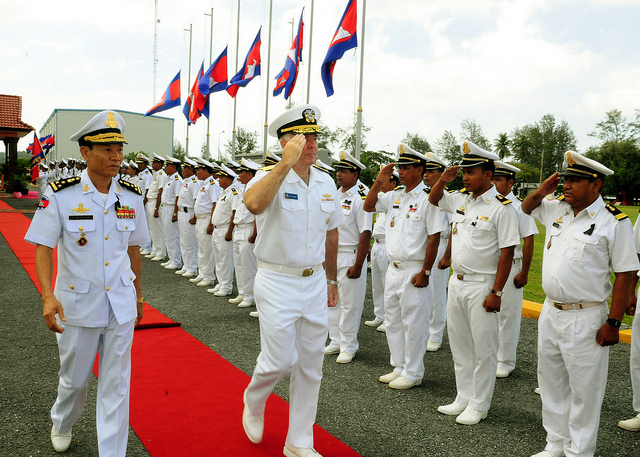Two—the magic number
At last, defence is being paid some serious attention in the election campaign. In his campaign launch on Sunday, Mr Abbott said:
Within a decade, the budget surplus will be 1 per cent of GDP, defence spending will be 2 per cent of GDP, the private health insurance rebate will be fully restored, and each year, government will be a smaller percentage of our economy.
In contrast, the government’s stated position—as set out in its 2013 Defence White Paper—is less definitive and comes with an important caveat:
…as well, the Government is committed to increasing Defence funding towards a target of 2 per cent of GDP. This is a long-term objective that will be implemented in an economically responsible manner as and when fiscal circumstances allow.
Nonetheless, it’s possible to compare the commitments of the two sides in some detail based on some minimal assumptions. Read more


